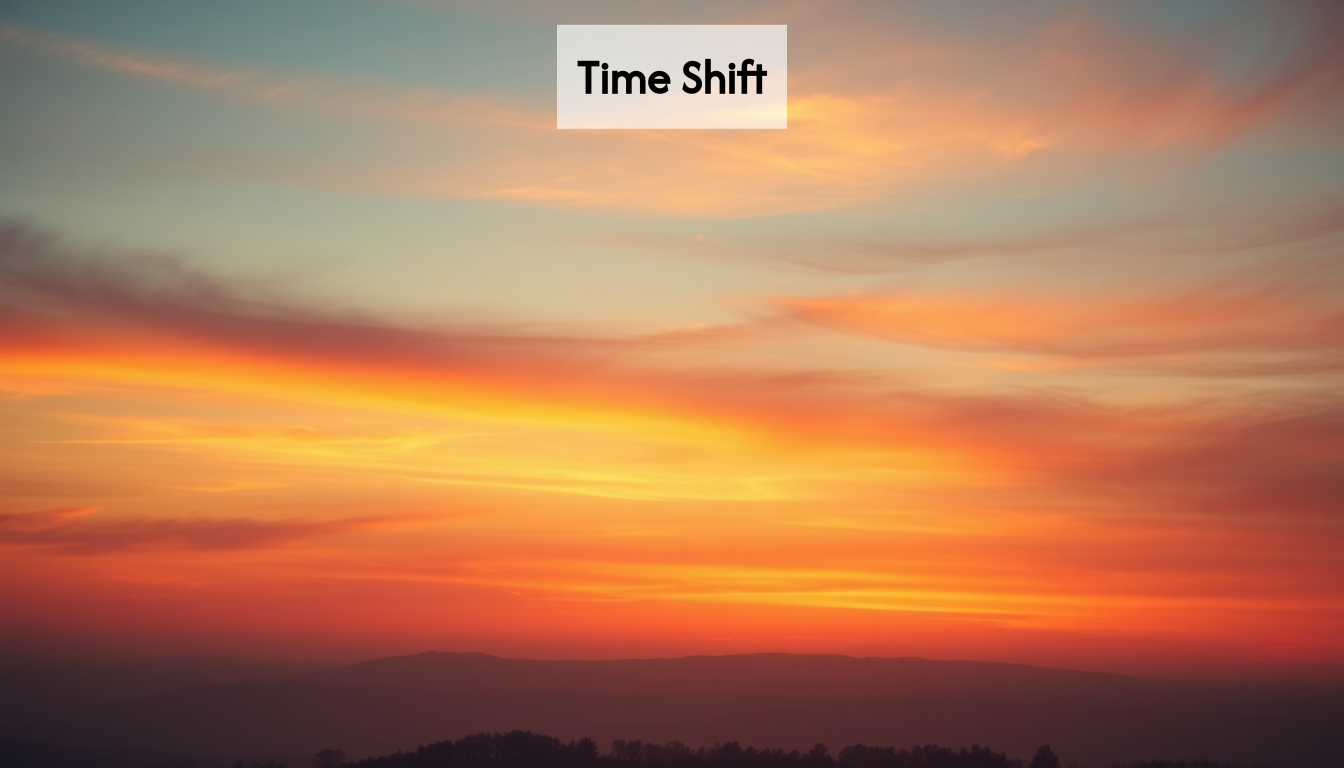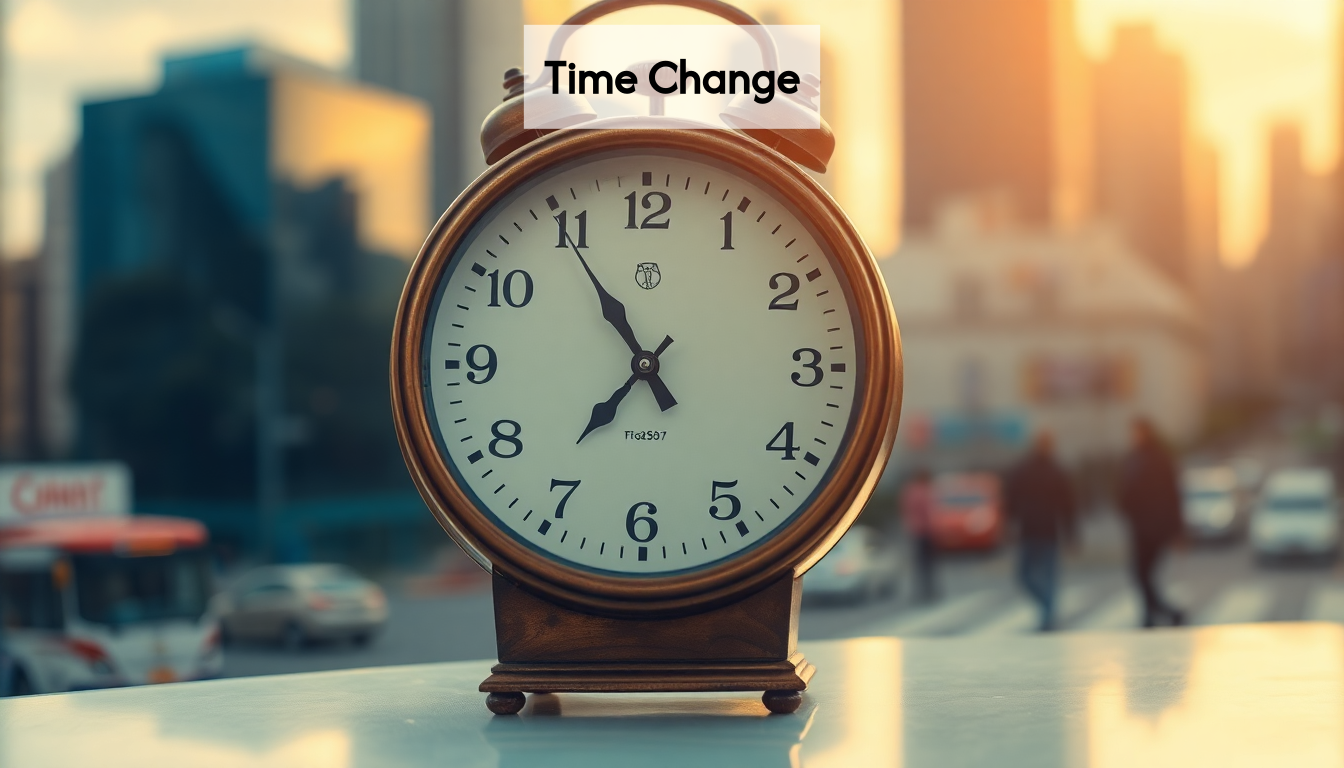Daylight Saving Meaning: Unravel History, Impact, and Global Controversies

Decoding Daylight Saving Meaning: Origins and Evolution
Daylight Saving Time (DST) refers to the practice of advancing clocks forward by one hour during warmer months to extend evening daylight hours. The concept emerged as a practical solution to maximize natural daylight utilization during seasonal changes.
Contrary to popular belief, Benjamin Franklin didn't invent daylight saving time—his 1784 suggestion about waking earlier to save candles was actually satirical. The modern concept originated with two independent proposals:
- George Hudson, a New Zealand entomologist (1895): Proposed a two-hour shift to pursue his passion for collecting insects during daylight hours
- William Willett, a British builder (1907): Advocated for gradually shifting clocks in 20-minute increments on consecutive Sundays
However, the widespread adoption of daylight saving time came during World War I as an energy conservation measure. Germany implemented it first in 1916, with other countries quickly following suit. According to Casper's research, the practice was initially designed to reduce artificial lighting usage and save fuel during wartime.

The concept of daylight saving has evolved significantly since its inception, moving from a wartime necessity to a standardized practice. The meaning behind daylight saving time has shifted from purely practical energy concerns to encompass economic benefits, recreational opportunities, and quality-of-life considerations in modern society.
Key Takeaways
| Takeaway | Explanation |
|---|---|
| Origins of DST | DST's modern implementation began during WWI as an energy conservation strategy, not as Franklin's initial suggestion. |
| Biannual Clock Adjustments | The transition times vary globally, typically happening at 2 AM local time, impacting sleep and productivity. |
| Competing Perspectives | The debate on DST's benefits is ongoing, with advocates for both permanent standard time and permanent DST each citing economic and health impacts. |
How Daylight Saving Time Works: The Clock Shift Mechanism

Daylight Saving Time operates through a simple yet impactful mechanism: the biannual adjustment of clocks by one hour. This time shift creates two unique calendar days each year with non-standard durations.
When DST begins ("spring forward"):
- Clocks jump from 2:00 AM directly to 3:00 AM
- The day contains only 23 hours
- The hour between 2:00:00 and 2:59:59 effectively disappears
- Most people lose one hour of sleep
When DST ends ("fall back"):
- Clocks revert from 2:00 AM back to 1:00 AM
- The day contains 25 hours
- The hour between 1:00 AM and 2:00 AM occurs twice
- Most people gain an extra hour
According to Time and Date, this fall transition creates a temporal ambiguity where a time like 1:30 AM refers to two different moments exactly one hour apart. For clarity, these times are sometimes distinguished as "1:30 AM DST" and "1:30 AM standard time."
The implementation of these clock shifts varies globally. Most regions that observe DST make the transition at 2:00 AM local time, though some countries use different hours. The specific dates for these shifts also vary by country and sometimes by region within countries, creating a complex patchwork of time observance around the world.
Benefits and Drawbacks: Does Daylight Saving Really Save Energy?
The original justification for implementing daylight saving time was energy conservation, but research reveals a more nuanced reality about its effectiveness. The concept seems logical—extending daylight hours should reduce electricity used for lighting—yet modern studies show mixed results.
According to McGill University's Office for Science and Society, evaluating DST's energy impact is complicated by numerous variables at national scales. While some studies show modest energy savings, others suggest negligible benefits or even increased energy consumption.
Potential benefits of daylight saving time include:
- Extended evening daylight for outdoor activities and recreation
- Reduced electricity consumption for lighting (though estimates vary widely)
- Potential reduction in traffic accidents during lighter evening hours
- Economic benefits for retail, tourism, and sports sectors
Counterbalancing drawbacks include:
- Disruption to sleep patterns and circadian rhythms
- Documented increase in heart attacks and workplace injuries following the spring transition
- Increased energy use for heating and cooling in some regions
- Logistical complications for international business and travel
A meta-analysis of 44 studies found DST reduces electricity consumption by an average of just 0.34%. While small percentage-wise, this figure can translate to meaningful energy savings when applied across entire nations—though far less than originally anticipated when the practice was implemented during wartime energy crises.
Global Perspectives: Varied Practices and Cultural Impacts
Daylight saving time is far from a universal practice, with only about 40% of countries worldwide currently observing some form of clock adjustment. This patchwork implementation creates fascinating variations in how different cultures relate to time and daylight.
Regional variations are particularly notable:
- Europe: Most European countries observe DST uniformly under EU regulations
- North America: The US and Canada observe DST with exceptions (Arizona, Hawaii, parts of Quebec)
- Australia: Observance varies by state and territory, with Queensland and Western Australia opting out
- Asia: Most Asian countries have abandoned or never adopted DST
- Africa: Few African nations practice DST, with exceptions in Morocco and Egypt
These differences reflect diverse cultural perspectives on time management, priorities, and relationship with natural rhythms. For equatorial regions, daylight saving makes little practical sense as daylight hours remain relatively consistent year-round.
Cultural attitudes toward DST vary tremendously. While Western societies often frame the debate around economic considerations, other cultures prioritize alignment with natural cycles and minimizing disruption. Some Indigenous cultures particularly resist DST as it creates discord with traditional timekeeping methods based on natural observations rather than mechanical clocks.
Even within countries that observe DST, cultural adaptations emerge. In Spain, despite clock adjustments, traditional mealtimes and work schedules remain aligned with solar patterns rather than clock time, demonstrating how deeply cultural patterns can override official timekeeping changes.
Societal & Health Effects: How Time Changes Impact Daily Life
The biannual clock changes associated with daylight saving time have measurable impacts on public health and safety, extending beyond mere inconvenience. These effects are most pronounced during the spring transition when we lose an hour of sleep.
Research has documented several concerning health consequences:
- Increased heart attack risk: Studies show a 24% spike in heart attacks on the Monday following spring DST implementation
- Higher stroke rates: A temporary 8% increase occurs in the days after the time change
- Workplace injuries: More frequent and severe injuries are reported after the spring transition
- Traffic accidents: A measurable increase in crashes occurs in the week after clocks spring forward
According to Psychology Today, the safety impacts of DST are complex. While the transitions themselves appear dangerous, some research suggests that during DST periods overall, there are fewer accidents, heart attacks, and strokes compared to standard time periods—possibly due to extended evening daylight.
Beyond physical health, DST transitions disrupt circadian rhythms and sleep patterns. This can exacerbate mood disorders, with studies showing increased hospital admissions for depression during transition periods. The impacts aren't distributed equally—night shift workers, parents of young children, and people with existing sleep disorders often experience more significant disruptions.
The societal effects extend to productivity and economic activity, with estimates suggesting that the spring transition costs the U.S. economy billions annually in lost productivity, healthcare costs, and workplace accidents.
Future Trends and the Ongoing Debate on Daylight Saving
The future of daylight saving time stands at a crossroads, with growing momentum to end the biannual clock changes. Public opinion has shifted dramatically, with 68% of Americans favoring the abolition of clock changes according to a 2023 YouGov poll. However, significant disagreement persists about which time system should become permanent—standard time or daylight saving time.
Legislative efforts reflect this evolving sentiment:
- The Sunshine Protection Act, which would make DST permanent in the U.S., passed the Senate unanimously in 2022 but stalled in the House
- Multiple states have passed legislation to adopt permanent standard or daylight time, contingent on federal approval
- The European Union voted in 2019 to end mandatory time changes, though implementation has been delayed
The debate has crystallized around three main positions:
- Maintaining the status quo with biannual changes
- Adopting permanent standard time (favored by most sleep scientists and health experts)
- Implementing permanent daylight saving time (generally preferred by business interests and the public)
According to Scientific American, chronobiologists and sleep researchers predominantly favor permanent standard time as it better aligns with human circadian rhythms. One expert warns that permanent DST could make people "fatter, dumber, and grumpier" by forcing them to live perpetually out of sync with natural light cycles.
The economic implications remain contentious, with retail, tourism, and outdoor recreation industries typically supporting permanent DST for the extended evening daylight. Meanwhile, agricultural interests, educational institutions, and transportation safety advocates often favor standard time for morning daylight and reduced disruption.
As this debate continues, it appears increasingly likely that the days of clock changing are numbered—though which permanent time system will prevail remains uncertain.
Frequently Asked Questions
What is the meaning of Daylight Saving Time?
Daylight Saving Time (DST) is the practice of setting clocks forward by one hour during warmer months to extend evening daylight and make better use of natural daylight.
When did Daylight Saving Time first begin?
Daylight Saving Time was first adopted during World War I as an energy conservation measure, with Germany being the first to implement it in 1916.
How does Daylight Saving Time affect sleep patterns?
The transition into and out of Daylight Saving Time can disrupt sleep patterns, leading to negative health effects, such as increased risks of heart attacks and workplace injuries, especially after the spring transition when people lose an hour of sleep.
Which countries observe Daylight Saving Time?
About 40% of countries worldwide observe Daylight Saving Time, including most European countries and parts of North America. However, many countries, especially in Asia and Africa, do not participate in this practice.
Streamline Your Project Estimates with Quotka!
As you navigate the complexities of Daylight Saving Time and the myriad of impacts it has on our routines, have you ever felt overwhelmed by the time-consuming process of generating accurate project quotes? Just like the biannual clock adjustments, creating quotations can feel like a jarring disruption to your workflow. Imagine being able to shift your quoting process into high gear, saving precious hours each week!

With Quotka, you have the power to transform how you generate professional quotes for your projects.
- AI-Powered Estimates: Simply input project details in natural language, and we take care of the rest—no more manually calculating costs or drafting lengthy descriptions!
- Fast & Customizable: Save time and impress your clients with beautiful templates tailored to your services—whether you're in construction, design, or event planning.
Make the change today! Don’t let inefficient quoting drain your productivity and project timelines. Take the leap with Quotka and start crafting detailed, professional estimates in minutes! Explore all the benefits at Quotka and watch your business thrive with every accurate quote you send out!
